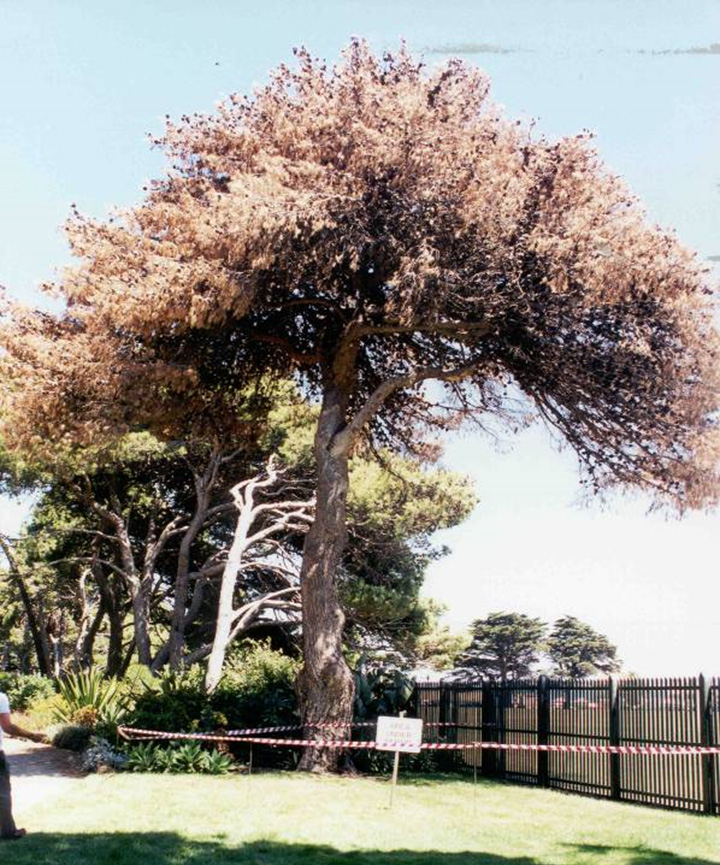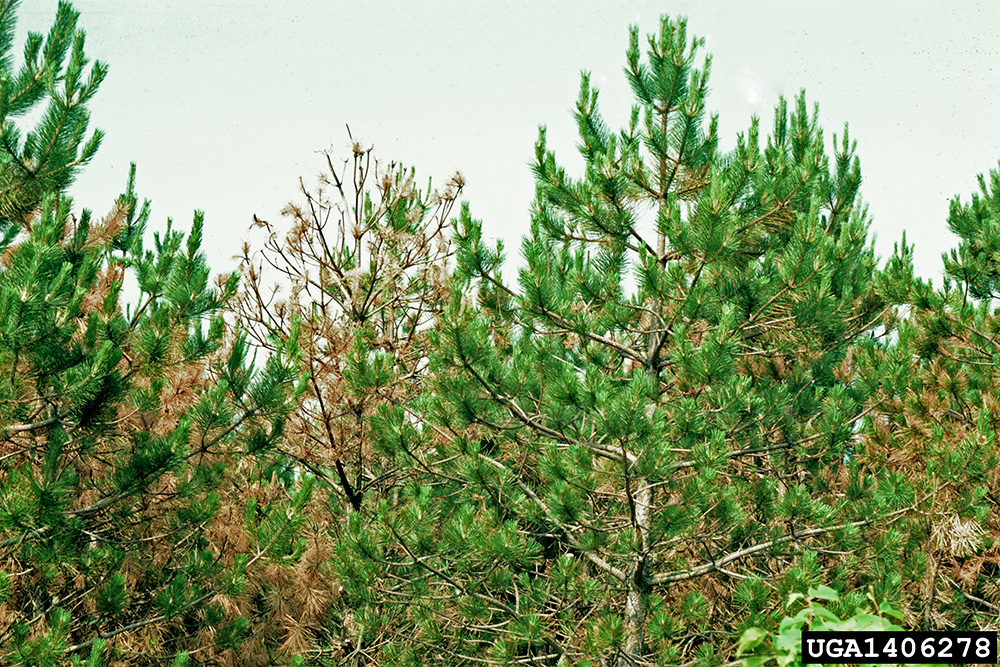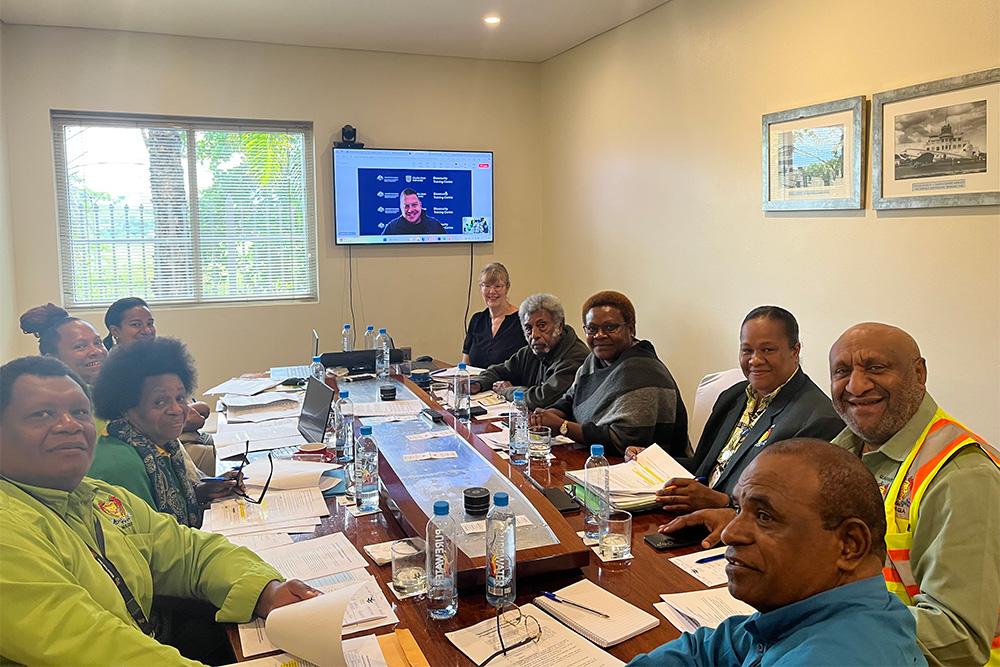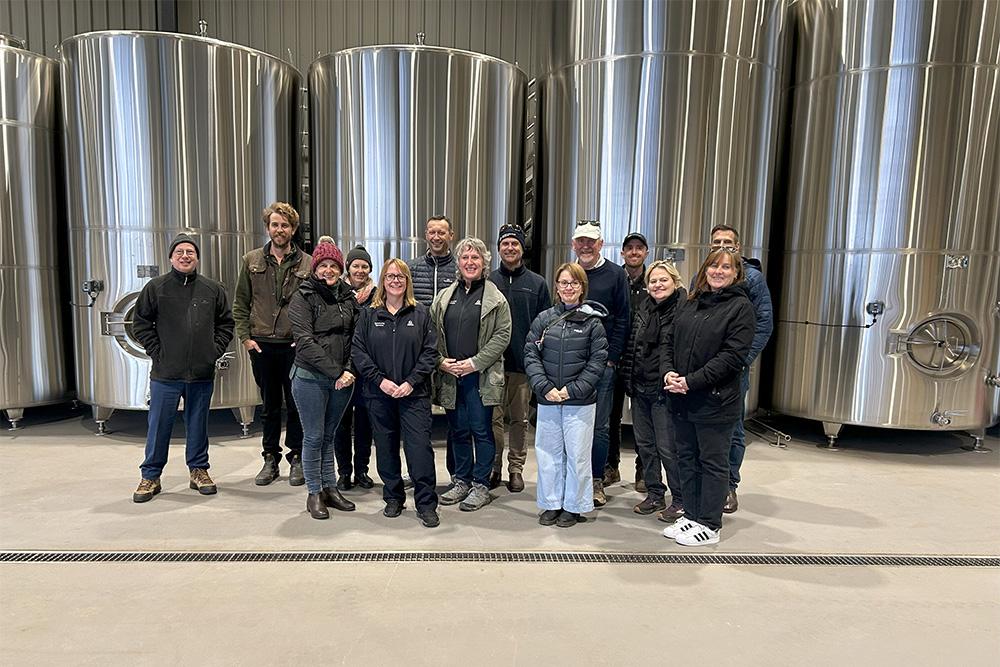The department’s Rural R&D for Profit program has delivered a vital tool for protecting our plant industries: a National Diagnostic Protocol (NDP) for Pine-Wood Nematode (Bursaphelenchus xylophilus).
The Pine-Wood Nematode is a microscopic worm native to North America. It is a devastating pest causing pine wilt disease by attacking pine trees and other conifers, including those grown for timber and erosion control. It has caused widespread and serious damage in countries where it has been accidentally introduced. Fortunately, this pest is not currently found in Australia.
The new National Diagnostic Protocol (NDP) provides a vital tool to safeguard our forestry industries against this pest, as well as protecting amenity and environmental plantings. It provides a standardised approach for accurate and timely diagnosis, which plays a crucial role in early detection and effective management. This is particularly important in managing the Pine-Wood Nematode, as infected pine trees wilt and die rapidly, making them attractive to beetles, which then spread the pest further.
The development of the NDP for the Pine-Wood Nematode has been a collaborative effort between various groups over many years. In particular, substantial groundwork has been undertaken by CSIRO in taxonomy, techniques, obtaining reference specimens and diagnostic images which represent a significant portion of the protocol's development. Finalisation of this protocol has been made possible through funding provided under the Rural R&D for Profit Boosting diagnostic capacity for plant production industries project, with national endorsement of this protocol having been obtained through the Subcommittee on Plant Health Diagnostics.
The finalised NDP equips diagnosticians, biosecurity personnel, and industry representatives with a standardised and reliable method for diagnosis and detection. This will significantly bolster Australia's ability to rapidly identify and contain incursions, minimise impacts on plant production and trade, and ultimately maintain market access for Australian forestry products.
This achievement underscores the importance of ongoing collaboration and investment in plant biosecurity research. By working together, we can ensure a more secure future for Australia's valuable plant industries.
For more information on NDPs visit National Diagnostic Protocols - National Plant Biosecurity Diagnostic Network (NPBDN) (plantbiosecuritydiagnostics.net.au)
This project is supported by the Grains Research and Development Corporation, through funding from the Australian Government Department of Agriculture, Fisheries & Forestry, as part of its Rural R&D for Profit program, along with the Cotton Research and Development Corporation, Hort Innovation Australia, Wine Australia, Sugar Research Australia and Forest and Wood Products Australia. Coordination of the NDP’s progression was through Plant Health Australia.


Image credit: USDA Forest Service - North Central Research Station , USDA Forest Service, Bugwood.org



